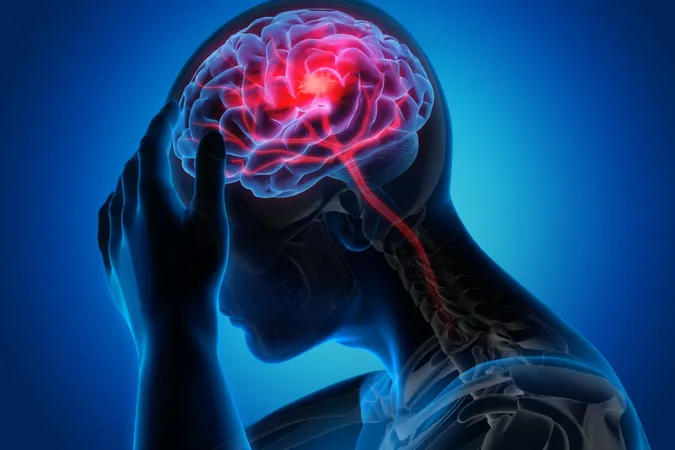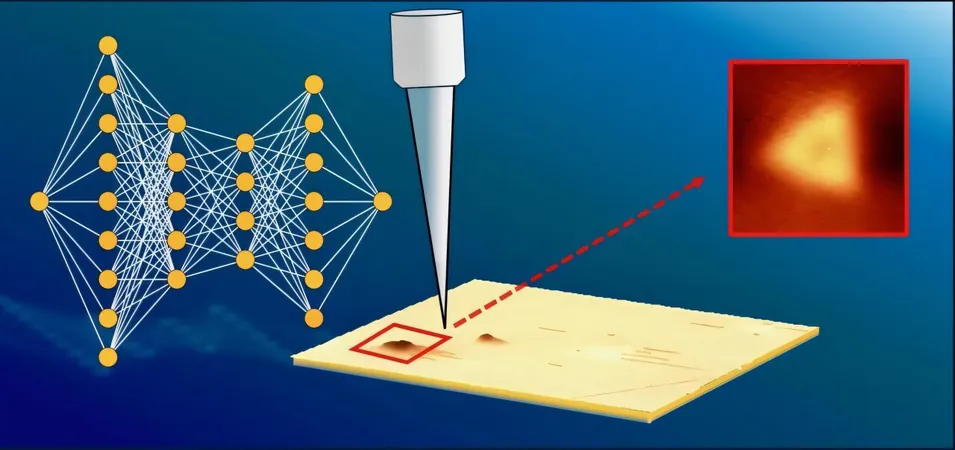
Revolutionary Stem Cell Therapy Could Transform Stroke Recovery
2025-09-18
Author: Li
Groundbreaking Advances in Stroke Recovery
In a remarkable leap forward for stroke recovery, scientists at the University of Zurich have turned the tide on stroke damage using cutting-edge stem cell therapy. This groundbreaking study has demonstrated that transplanting human neural stem cells into the brains of mice can effectively reverse stroke-related injuries.
How It Works: A Closer Look at the Research
The research team successfully integrated human neural stem cells—which have the potential to evolve into various cell types in the nervous system—into the injured areas of the mice’s brains. Starting from induced pluripotent stem cells, which can be derived from regular human cells, these stem cells were introduced to mice that had been genetically modified for acceptance.
Just a week after inducing strokes that mimicked human conditions, the mice underwent transplantation. Remarkably, the grafted cells not only survived for the full five weeks of observation but developed into functioning neurons, even communicating with existing brain cells.
Indicators of Brain Regeneration
The researchers observed an array of promising developments: the formation of new blood vessels, a decrease in inflammation, and a reinvigorated blood-brain barrier. Christian Tackenberg, the scientist leading the research, highlighted that their findings extend beyond what previous studies have exhibited, showcasing extended effects rather than mere immediate outcomes.
A New Hope for Stroke Victims
This innovative therapy offers a glimmer of hope for the millions affected by stroke, as a staggering one in four adults will experience a stroke during their lifetime. Currently, there are no effective treatments available to heal lingering damages like paralysis or speech impairments.
"It’s crucial to investigate new therapeutic avenues for brain regeneration following strokes or other debilitating accidents," Tackenberg asserted.
Timing Is Everything: Optimal Treatment Window
What’s particularly groundbreaking about this research is the timing of stem cell transplantation. Surprisingly, waiting a week after a stroke proved to yield better results, enhancing both preparation and implementation strategies in clinical applications.
The Future Beckons: Real-World Applications
Tackenberg's ambition is to transition these promising findings from mouse models to human applications, ensuring safety and efficacy by using animal-free manufacturing protocols for stem cells. Collaborating with the Center for iPS Cell Research and Application at Kyoto University has been vital in establishing this successful therapeutic roadmap.
As the research progresses, the potential for stem cell therapy to revolutionize stroke recovery appears more tangible than ever, signaling a bright future for countless patients seeking restoration and recovery after stroke.


 Brasil (PT)
Brasil (PT)
 Canada (EN)
Canada (EN)
 Chile (ES)
Chile (ES)
 Česko (CS)
Česko (CS)
 대한민국 (KO)
대한민국 (KO)
 España (ES)
España (ES)
 France (FR)
France (FR)
 Hong Kong (EN)
Hong Kong (EN)
 Italia (IT)
Italia (IT)
 日本 (JA)
日本 (JA)
 Magyarország (HU)
Magyarország (HU)
 Norge (NO)
Norge (NO)
 Polska (PL)
Polska (PL)
 Schweiz (DE)
Schweiz (DE)
 Singapore (EN)
Singapore (EN)
 Sverige (SV)
Sverige (SV)
 Suomi (FI)
Suomi (FI)
 Türkiye (TR)
Türkiye (TR)
 الإمارات العربية المتحدة (AR)
الإمارات العربية المتحدة (AR)